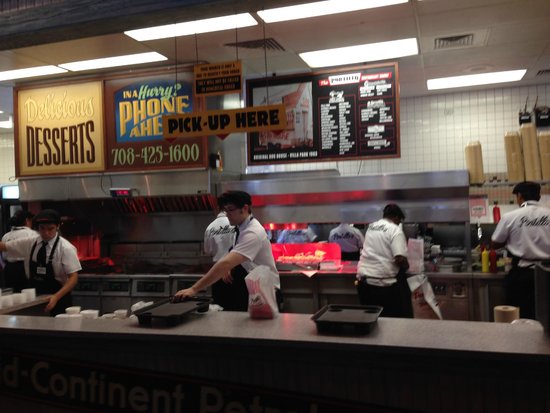Hot Water Generation and Distribution System:

Coldwater raised to a temperature of 38oC is usually considered as hot. The operating temperature range is 49 to 60-degree Celcius. In hotels the most prevalent system for hot water are:
- Centralized hot water generation and distribution system.
- Localized hot water generation and distribution system.
Table of Contents
Centralized Hot Water System:
This system is usually employed in large hotels. Three different principles used to generate hot water are:
- Direct Heating System
- Indirect Heating System
- Solar Water Heating System
Direct Heating System
- This system involves natural circulation.
- Hot water from the boiler circulates through a hot water tank called cylinder.
- Circulation continues because hot water being lighter rises up to the cylinder from the boiler and cold water descends down to the boiler.
- The service pipes are taken from the cylinder to service taps.
- A cold water system is connected to the boiler from where cold water runs into the boiler via stop valves.
- Whenever there is an increase in the volume of water and cylinder is unable to accommodate this, the resulting pressure would lead o the possible busting of pipes.
- To avoid this possible bursting, the water is supplied to an overhead cistern.
Disadvantages:
- Oxygen released while heating cold water causes rusting of the boiler.
- Boiling can lead to sever scale formation

Indirect Water Heating
- In this system the water cylinder is replaced by a direct heat exchanger called the calorifier where hot water or steam from the boiler enters the calorifier through a coil of tubes and heats the cold water passing through the calorifier.
- Two circulations are followed.
- Primary Circulation – takes place between the boiler and the calorifier
- Secondary Circulation – takes place between the calorifier and service taps.

Solar Water Heating System
- Is the most efficient and eco friendly water heating system. Each evacuated tube is similar to a thermos in principle. A glass or metal tube containing the water or heat transfer fluid is surrounded by a larger glass tube. The space between them is a vacuum, so very little heat is lost from the fluid.
- These collectors can even work well in overcast conditions and operate in temperatures as low as -40°F. Individual tubes are replaced as needed.
- A solar thermal collector collects heat by absorbing sunlight. A collector is a device for capturing solar radiation.
- The quantity of solar energy striking the Earth’s surface (solar constant) averages about 1,000 watts per square meter under clear skies, depending upon weather conditions, location and orientation.

Localized Hot Water System:
Storage Tank Water Heater (Geyser):
- A thermostat controls the temperature of water and it can be heated at any desired temperature.
- There are two light bulbs provided in the geyser. The red bulb indicates the water is being heated and the green bulb indicates that water is heated up to the desired temperature.
- Automatic heating begins if the temperature of the heated water falls below the set level.
- Geysers are used when the duration of hot water supply is limited.
- May require maintenance if hard water is being used.

Tankless Water Heaters:
- When the hot water tap is turned on, water enters the heater.
- The flow sensor detects the water flow.
- The burner is automatically ignited.
- Water circulates through the heat exchanger.
- The heat exchanger heats the water up to the designated temperature.
- When the tap is turned off, the unit shuts down.





mexican border pharmacies shipping to usa: medication from mexico pharmacy – mexican mail order pharmacies
buy medicines online in india http://indiaph24.store/# mail order pharmacy india
buy medicines online in india